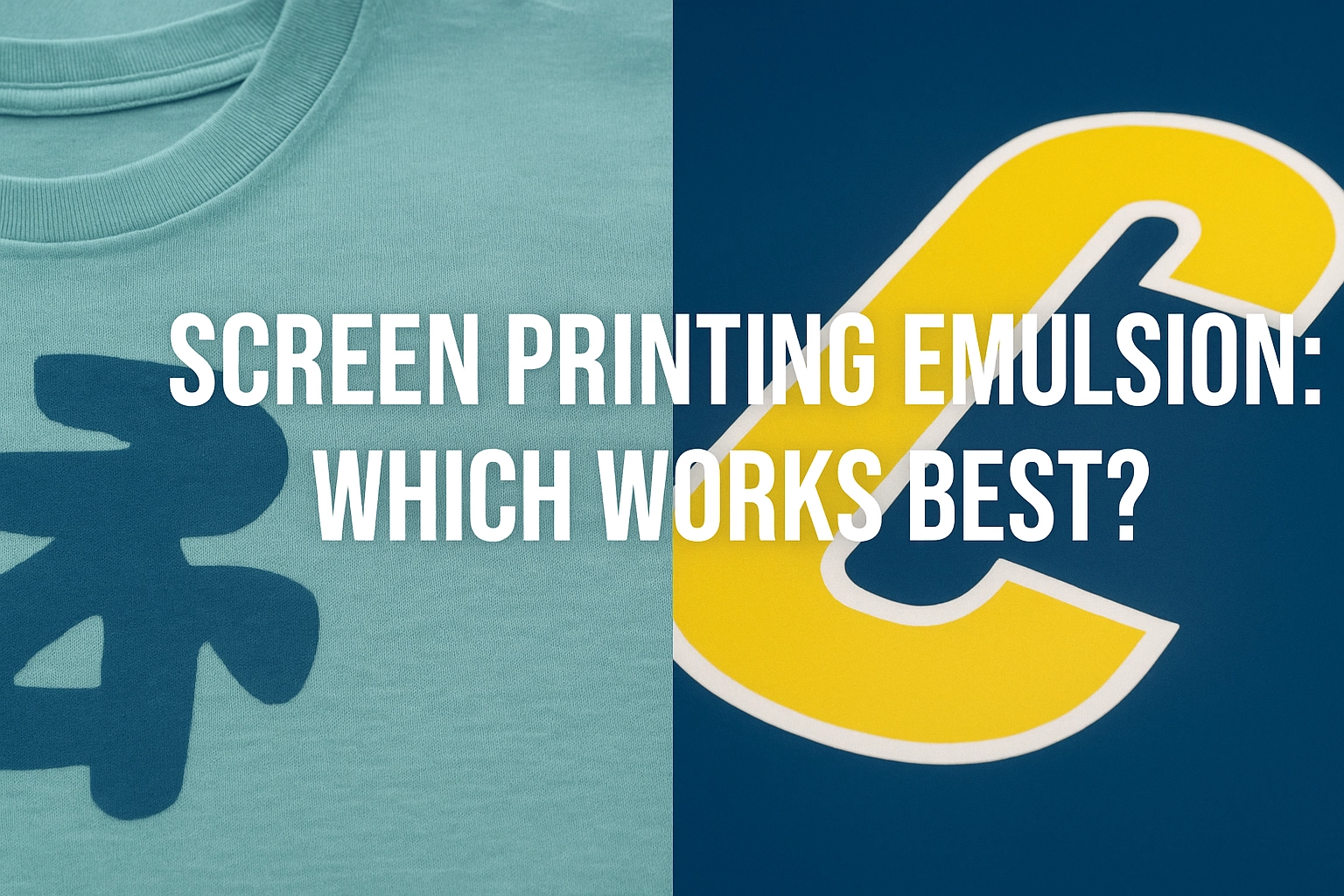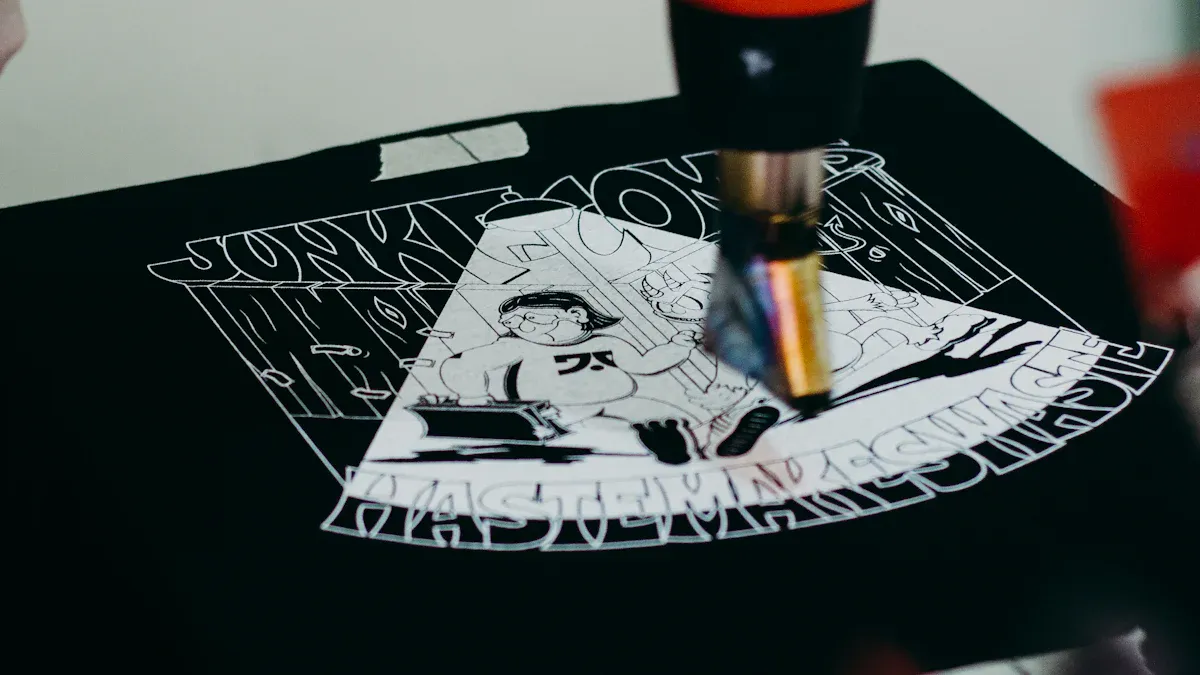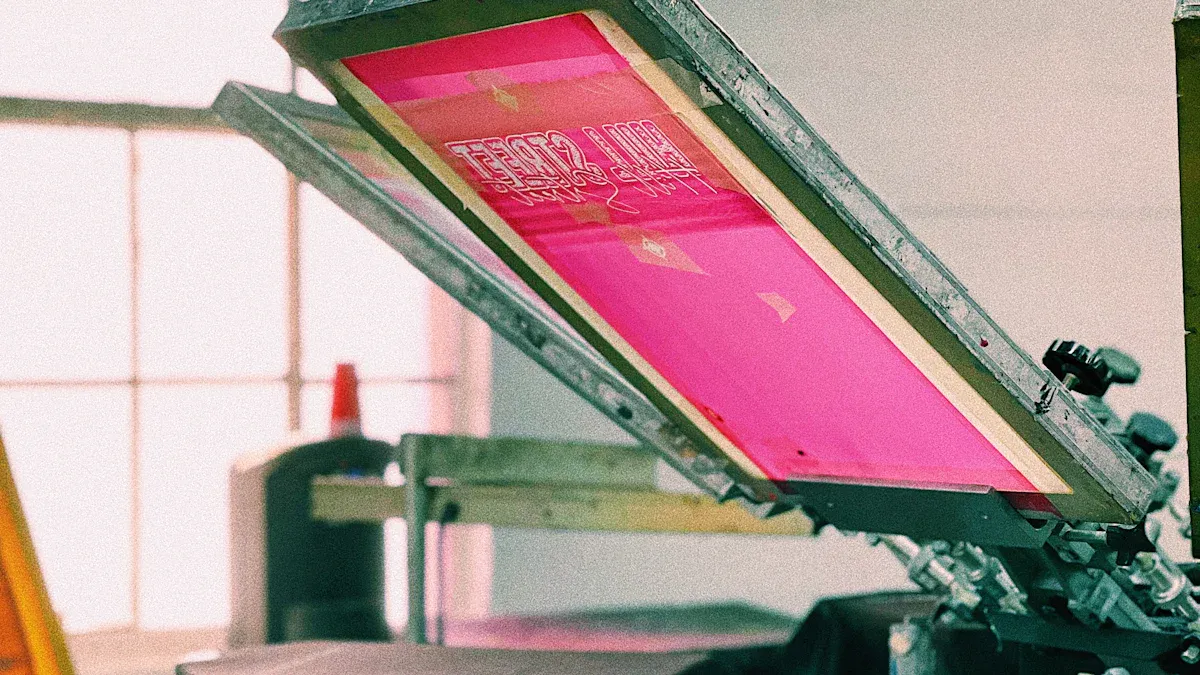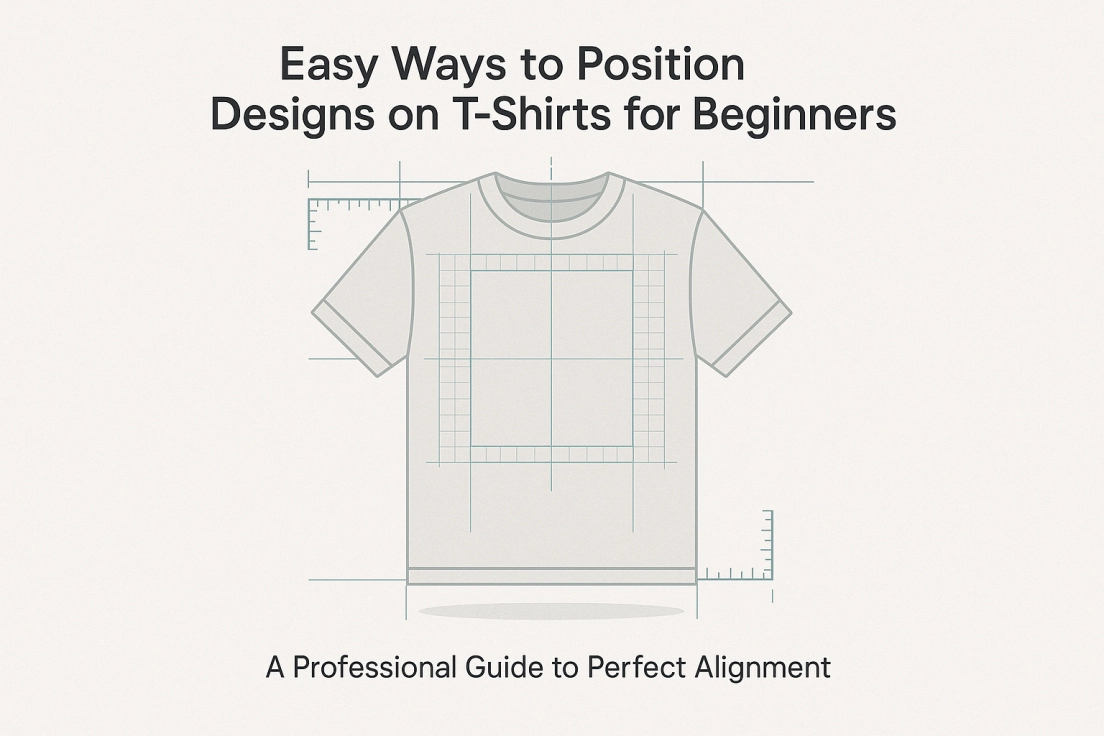How to Choose Screen Printing Mesh Size in 2025
Whether you’re a beginner or a professional, selecting the right screen printing mesh size can significantly improve print quality. Mesh size affects ink deposition, pattern detail, and substrate compatibility. Here’s a concise 2025 guide to help you choose the perfect mesh!
What is Mesh Count
Mesh count refers to the number of threads per centimeter (T) or per inch (TPI). Higher mesh counts mean smaller openings, less ink passage, and suitability for fine patterns; lower mesh counts have larger openings, ideal for heavy ink. Common mesh counts range from 43T to 355T (convert T to TPI by multiplying by 2.54).
How to Choose Mesh Size
When selecting a screen printing mesh size, consider these key factors:
- Fine patterns (e.g., halftones, small text) require high mesh counts (e.g., 230T/90T or above) for clarity; bold designs use lower mesh counts.
- Thick inks (e.g., plastisol) pair with low mesh counts (43T–120T), while thin inks (e.g., water-based) suit high mesh counts.
- Smooth substrates (e.g., paper, glass) work best with high mesh counts; rough or absorbent materials (e.g., textiles) need lower mesh counts for coverage.
- For vibrant, opaque prints, low mesh counts (e.g., 61T–110T) deposit more ink.
Balancing these factors ensures the optimal mesh size.
Common Mesh Sizes and Applications
Here are the most common mesh sizes in 2025 and their applications to match your project needs:
| Mesh Count (TPI) | Applications | Ink/Substrate |
|---|---|---|
| 43T–61T (110–156) | Heavy ink, bold patterns | Glitter ink, puff ink, plastisol, textiles |
| 77T–110T (195–280) | General, T-shirt printing | Plastisol, water-based ink, fabrics |
| 120T–156T (305–400) | Detailed patterns, smooth surfaces | Water-based ink, discharge ink, paper, plastic |
| 180T–230T (460–585) | Fine details, halftones | Thin ink, vinyl, glass, fine textiles |
| 305T–355T (775–900) | Ultra-fine details, high resolution | UV ink, electronics, art prints |
Practical Tips
Here are practical tips for choosing screen printing mesh:
- Test prints are crucial to verify mesh compatibility with ink and substrate.
- Thread thickness matters: thicker threads (e.g., “S” or “HD”) deposit more ink but sacrifice detail; thinner threads (e.g., “T”) suit fine patterns.
- Adjust ink viscosity: high mesh counts need thin ink, low mesh counts need thick ink.
- For multi-color printing, use consistent mesh counts across screens for even ink flow, unless special effects are desired.
Regional Differences
Mesh selection varies by region. In metric regions like China, mesh is measured in threads per centimeter (T), convertible to TPI (1 cm = 2.54 inches). Chinese suppliers often offer polyester or nylon meshes, with polyester being more popular for durability and versatility.
Common Issues and Solutions
Facing printing problems? Here are solutions:
Mesh Clogging
High mesh counts with thick ink can clog openings.
Solution: Use lower mesh counts (e.g., 43T–120T) for larger openings or thinner ink for smooth passage.
Blurry Prints
Low mesh counts (e.g., 43T–61T) may cause ink bleeding, blurring details.
Solution: Choose higher mesh counts (e.g., 180T–230T) for sharper prints.
Insufficient Coverage
High mesh counts (e.g., 305T–355T) may result in thin ink layers, reducing opacity.
Solution: Use lower mesh counts (e.g., 61T–110T) to increase ink deposition.
FAQs
Q: What’s the best mesh count for T-shirt printing?
A: 77T–110T (195–280 TPI) is ideal for T-shirt printing, balancing detail and ink coverage.
Q: How do I prevent mesh clogging?
A: Use lower mesh counts (e.g., 43T–120T) or thinner ink to ensure smooth ink flow.
Q: How can beginners quickly choose a mesh?
A: Start with 77T–110T, suitable for most textile printing, and adjust based on project needs.
Beginner Tips
Beginners should start with 77T–110T (195–280 TPI) mesh, ideal for T-shirt and textile printing. In 2025, consult local Chinese screen suppliers for recommendations tailored to your equipment and materials.
Have a specific project (e.g., T-shirt or art printing)? Share details, and I can provide a tailored mesh selection plan!





